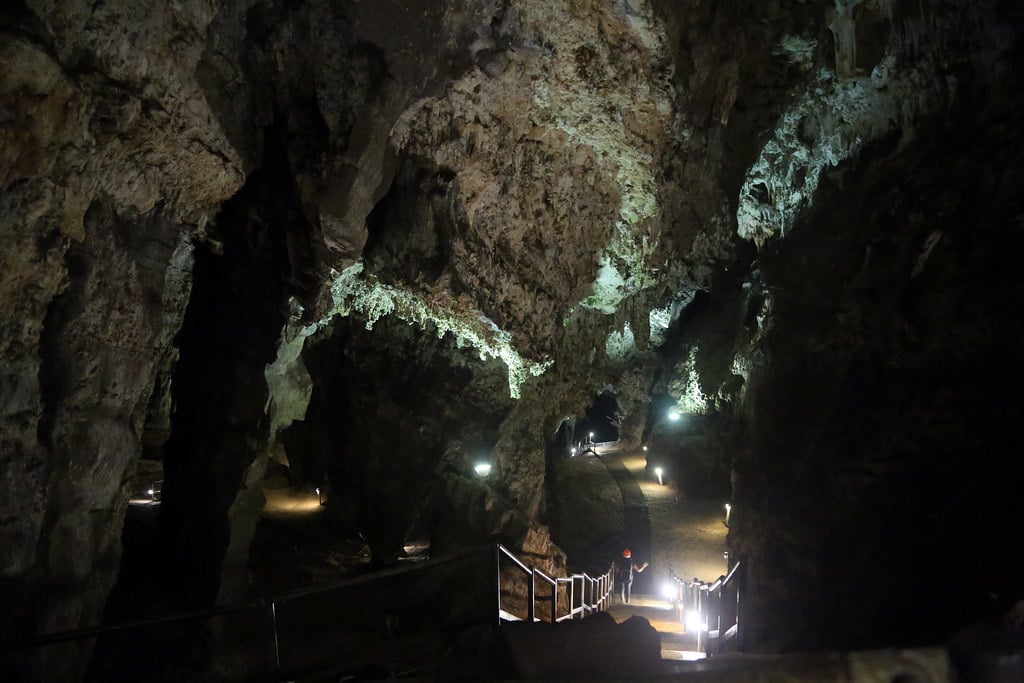Modern tests suggest that the early humans, or the Australopithecus africanus species, lived between 3.4 and 3.7 million years ago.
Previous measurements had them between 2.1 and 2.6 million years old, but “chronologically that didn’t fit” said French geologist Laurent Bruxelles, one of the authors of the study.
“It was bizarre to see some Australopithecus lasting for such a long time,” Bruxelles said.
The fossils were buried at the Sterkfontein caves at the Cradle of Humankind world heritage site, southwest of Johannesburg.
The underground complex has unearthed more of the early human remains than any other place in the world, including one belonging to an ancient cave woman nicknamed Mrs Ples that was found in 1947.
The study said the age of the fossils was underestimated because they measured calcite flowstone mineral deposits, which were younger than the rest of that cave section.
The fossils are too old and fragile to test, so scientists had to analyse the sediment near where they were found.
This time researchers used something called cosmogenic nuclide dating, that looked at levels of rare isotopes created when rocks containing quartz were hit by high-speed particles arriving from outer space.
“Their radioactive decay dates when the rocks were buried in the cave when they fell in the entrance together with the fossils,” said lead author, Darryl Granger of Purdue University.

Previously the Australopithecus africanus hominids were considered too young to have evolved into homo genus, our ancestors, who were roaming about 2.2 million years ago.
The new findings suggest they had an extra million years to evolve which now makes it possible that Mrs Ples and her species were ancestors of early humans.
They would have existed at the same time as the ape known as Lucy belonging to Africa’s Australopithecus afarensis, whose 3.2-million-year-old remains were long believed to belong to the species that the earliest humans rose from.
These new findings mean the two species could have interacted and bred, complicating our idea of ancestral history.
“Over a timeframe of millions of years, at only 4,000km (2,500 miles) away, these species had plenty of time to travel, to breed with each other … so we can largely imagine a common evolution across Africa,” Bruxelles said.
Bruxelles said this means our family tree is more complicated and is something “more like a bush”.






